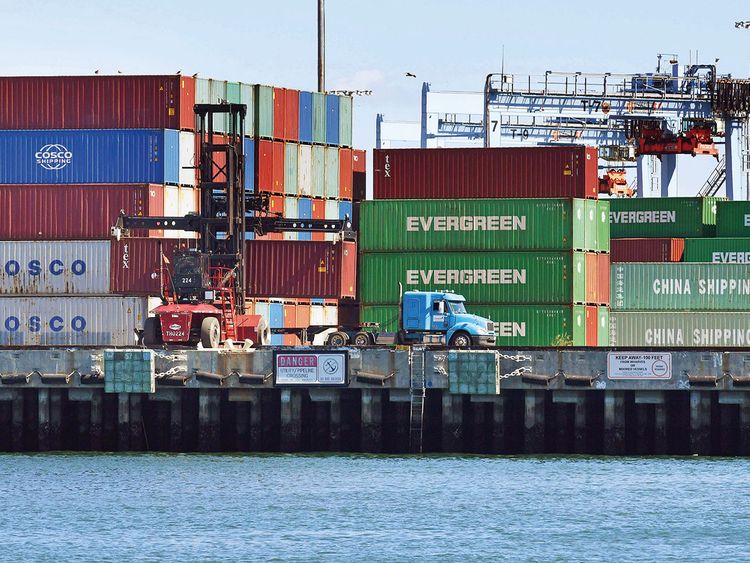Dubai: Businesses in the UAE are looking to source from alternate markets where possible to counter the rising costs associated with shipments from Europe and the longer time needed to come via the Cape of Good Hope.
After the latest incidents in the Red Sea from last week, with the US and the UK launching strike action against Houthi targets, shipping costs from Europe to UAE ports have increased by more than $1,000 a TEU (20-foot container). It has also meant cost increases in other sectors too, with shipments to Jeddah from Dubai, for instance, seeing a sharp increase in recent days.
This is why UAE businesses who have been sourcing from Europe are in a rush to secure deals from other suppliers, where possible. Some have approached Turkish suppliers to meet short-term requirements.
They are also looking to use alternate freights transportation – rail, trucks or air – where possible to ensure the goods can reach on time.
The rail service options through the CIS countries are filling up pretty fast due to capacity challenges for Asia producers
- Rosh Manoli of Consolidated Shipping Services
“Securing supplies all the way up to end April are crucial for UAE and Gulf businesses, given that Ramadan will be marked from mid-March onwards,” said a trader. “Businesses need to have confirmed supplies delivered by the first or second week of March to ensure there is no disruption.
“There could be further sea freight cost increases, and that’s the other issue which needs tackling.”
Go ‘multi-modal’
Using a mix of sea and other modes of transport – which is what multi-modal is about – is how shipping companies and importers in the UAE and the Gulf are hoping to keep costs in check.
“There are options available for UAE businesses to bring in goods faster,” said Rosh Manoli, Vice-President – Freight Forwarding at Consolidated Shipping Services, which has a multi-modal service running from Turkey to Dubai, taking up 21 days. “That means faster than the additional 15-18 days it takes for ships to go through the Cape of Good Hope.
“If there is such an option, they are taking it.”
Shippers are already trying to work out alternate ways to keep the costs down, and this will be seen in the coming days.
- Haris Shaikh of Gallop Shipping
The same is happening with goods meant for Europe, from Asia, for instance. Chinese exporters has the Sino-Euro rail options through the CIS rather than rely only on shipping routes to see whether they can clear their orders before the start of the Chinese New Year next month. (This is a period of relatively muted activity at Chinese factories, and hence the need to rush out with the orders well before.)
“The rail service options through the CIS countries are filling up pretty fast due to capacity challenges for Asia producers – they are scrambling to find whatever options there are,” said Manoli. “A lot of the goods meant for Europe that are critical deliveries from Asia will continue to opt using a mix of sea-air combination via UAE or nearby Middle East airport hubs.
“Choosing air freight will come at a much higher cost, anywhere up to 35-40 per cent higher.”
Connecting to Saudi Arabia
The other sector where shipping costs have flared up significantly is on the UAE to Jeddah route. “By sea freight, they are already higher by more than $1,000 a TEU from the $450 it was before the Red Sea crisis,” said Haris Shaikh, who heads Gallop Shipping in Dubai.
“Shippers are already trying to work out alternate ways to keep the costs down, and this will be seen in the coming days. Everyone needs to find solutions to keep transit times for goods movement between UAE and Saudi Arabia in check.
“The Red Sea issue has triggered an increase in shipments arriving in Dubai and transporting to Saudi Arabia via road. Multimodal transport has increased drastically since then.
“Since the customs duties are unified, shippers can clear these and choose overland freight options to Saudi Arabia. The trucking rates remain competitive.”

